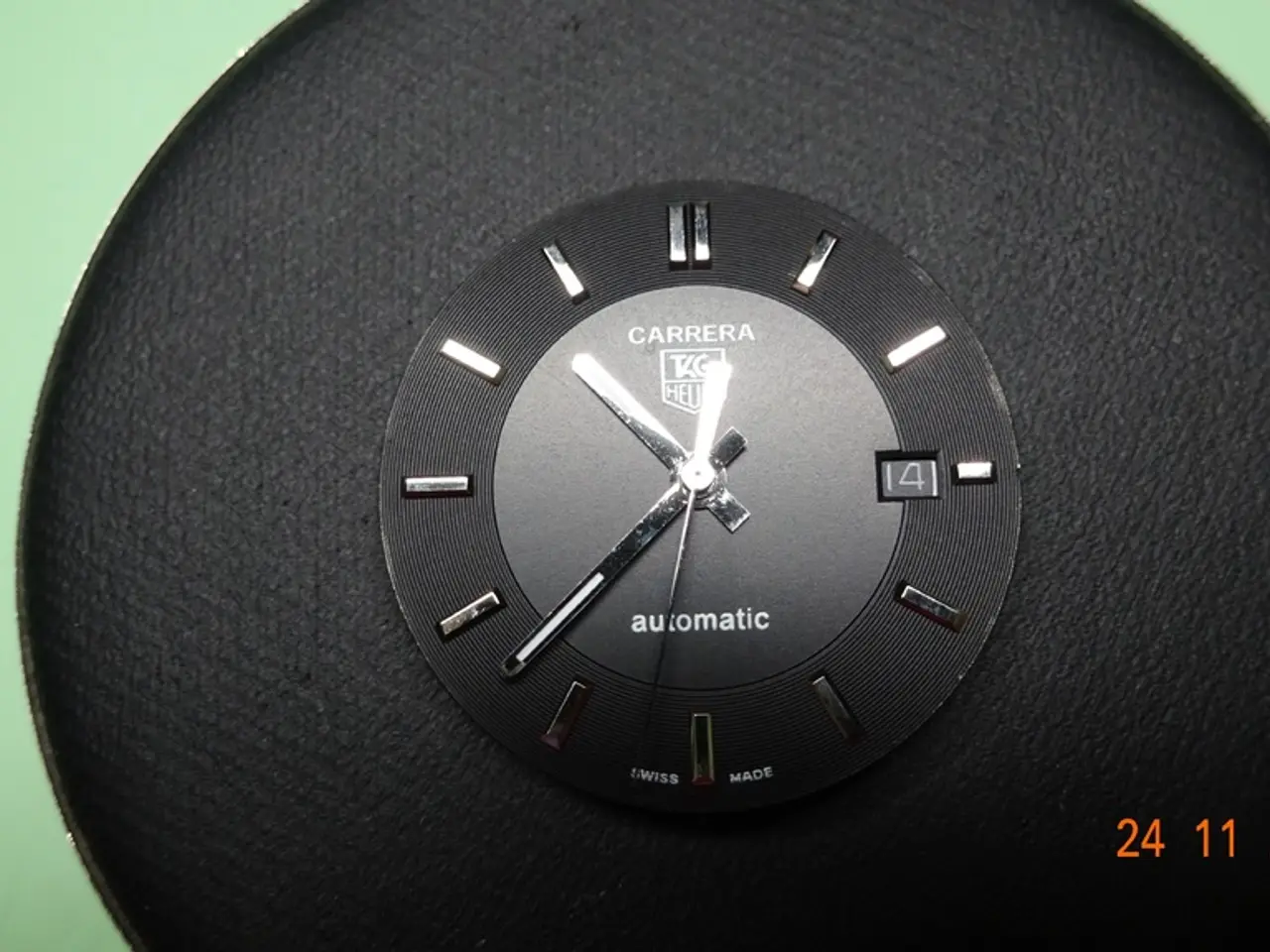Adjusting the gears of a clock mechanically, often referring to the cleaning and oiling process.
In this two-part series, we delve into the intricacies of pivot wear and bushings in mechanical clocks.
A mechanical clock that runs erratically or stops altogether may need bushings. Ideally, most clocks should undergo servicing every three to five years to prevent such issues.
Pivots are ends of axles (arbours) in mechanical clocks that spin in small holes drilled in the clock plates. Worn pivots or worn pivot holes can cause the gear to move away from the pinion and eventually stop when the gears no longer mesh properly.
Worn pivot holes are easy to observe as they are oval-shaped instead of round. A worn pivot, on the other hand, is often found in clocks that have been oiled over and over again but not properly cleaned.
The process of bushing involves replacing the worn pivot hole with a new metal bushing to restore proper alignment and minimize wear, ensuring smooth gear rotation and accurate timekeeping.
To perform bushing properly:
- The worn pivot hole (bore) in the clock plate is carefully drilled or reamed out to remove any ovality or damage.
- A precisely sized bushing, typically made of brass, is then stamped or pressed into the enlarged hole.
- After fitting the bushing, the bore inside the bushing is carefully cut or reamed to the exact diameter required to fit the pivot of the clock wheel or arbor snugly but allowing for free rotation.
- The pivot is then tested in place to ensure it spins freely without play, indicating proper refitting.
Finishing the rebushing correctly is essential to restore the proper alignment and smooth operation of the clock's moving parts and maintain accurate timekeeping over the long term. This repair technique is usually performed as part of a clock overhaul or when wear causes poor performance.
In the next part of this series, we will discuss the process of re-pivoting, the importance of cleaning and polishing pivots, and the benefits of regular servicing for mechanical clocks.
[1] Sources: Clock Repair Guide, The Horological Journal
A vintage clock that requires regular maintenance might benefit from clock repair, which includes the process of bushing to addresses worn pivot holes and restore smooth gear rotation. Additionally, the rise of technology has led to the creation of numerous gadgets and wearables, but the classic charm and functionality of vintage clocks continue to captivate many.




